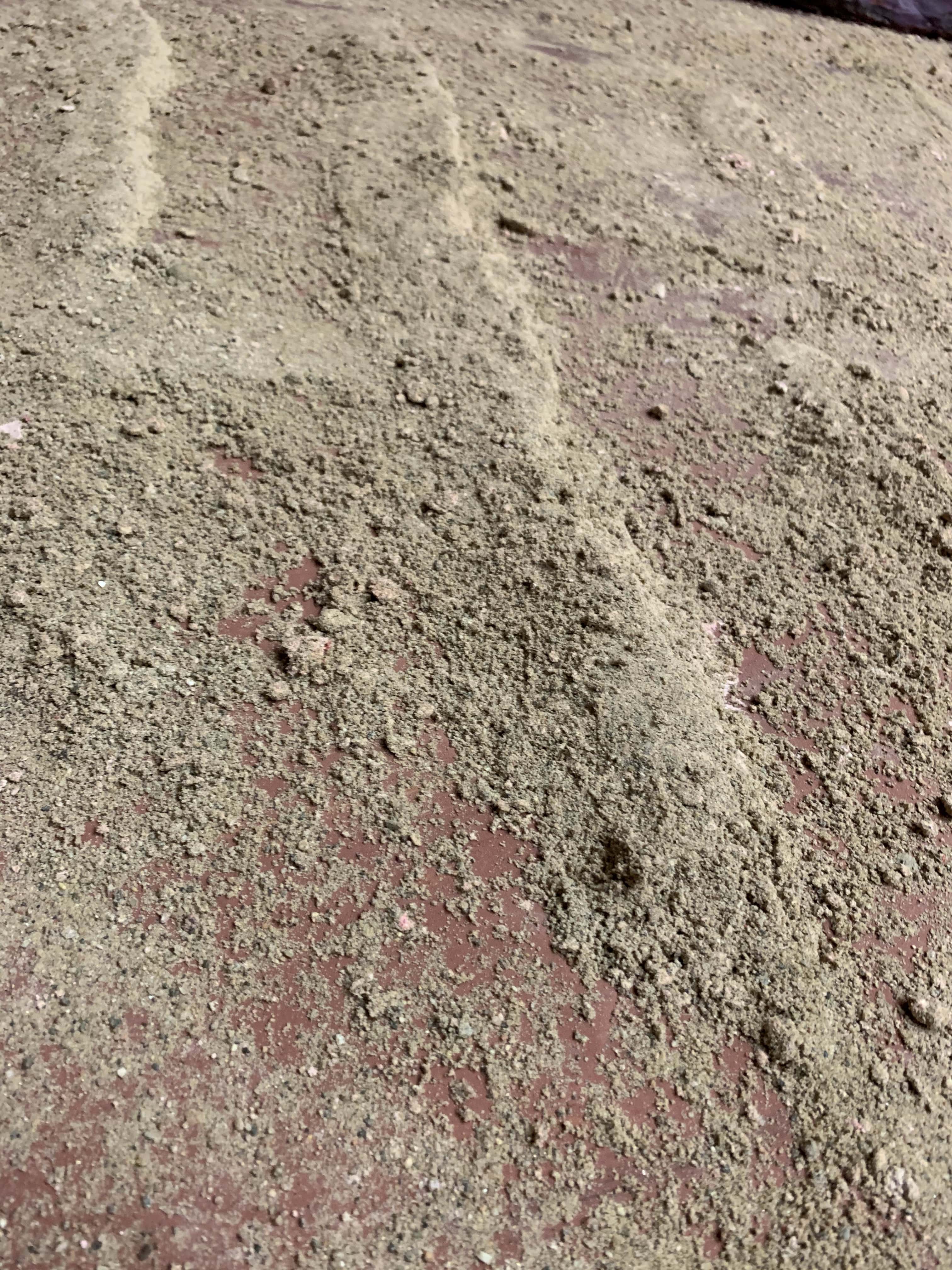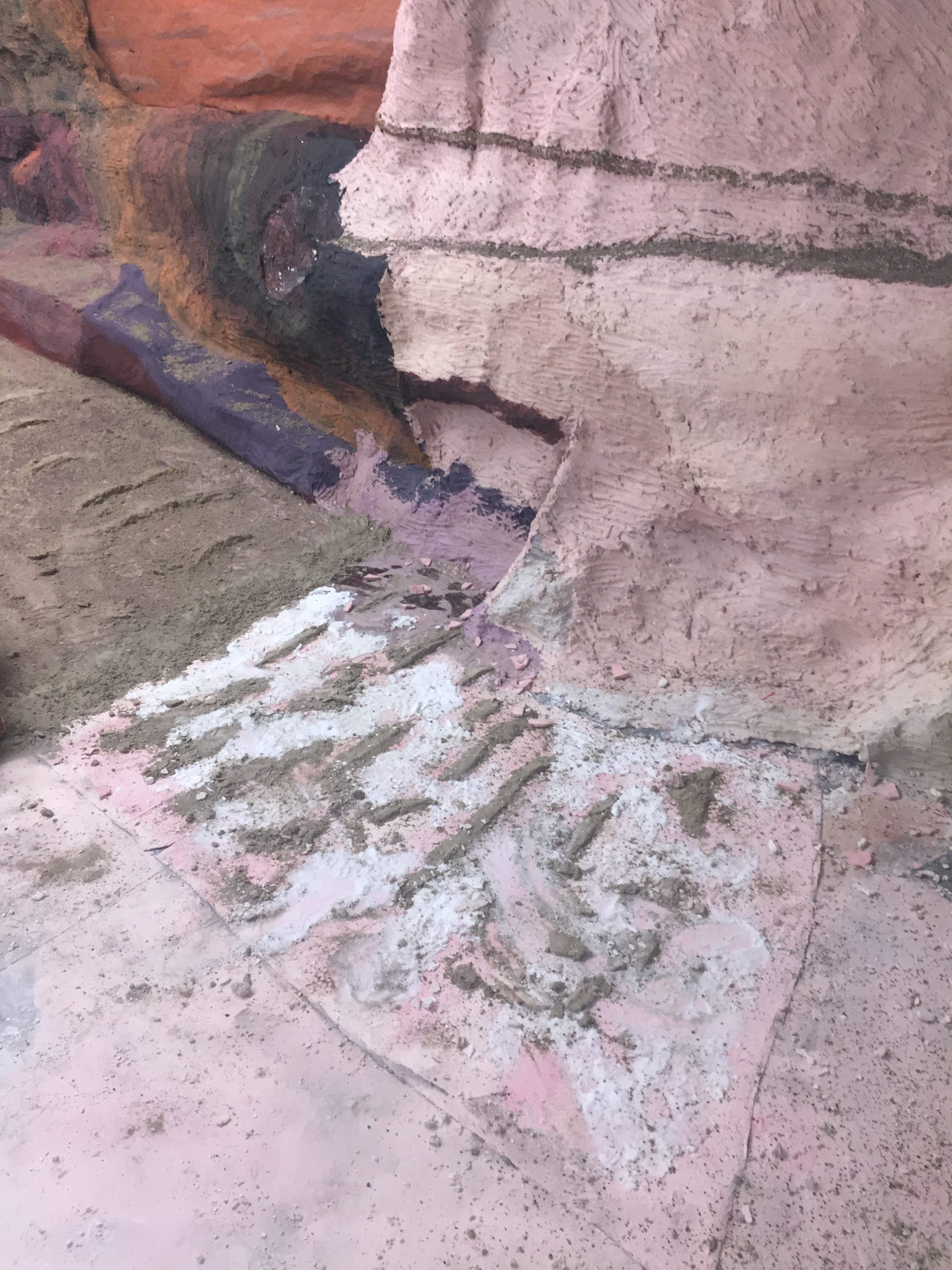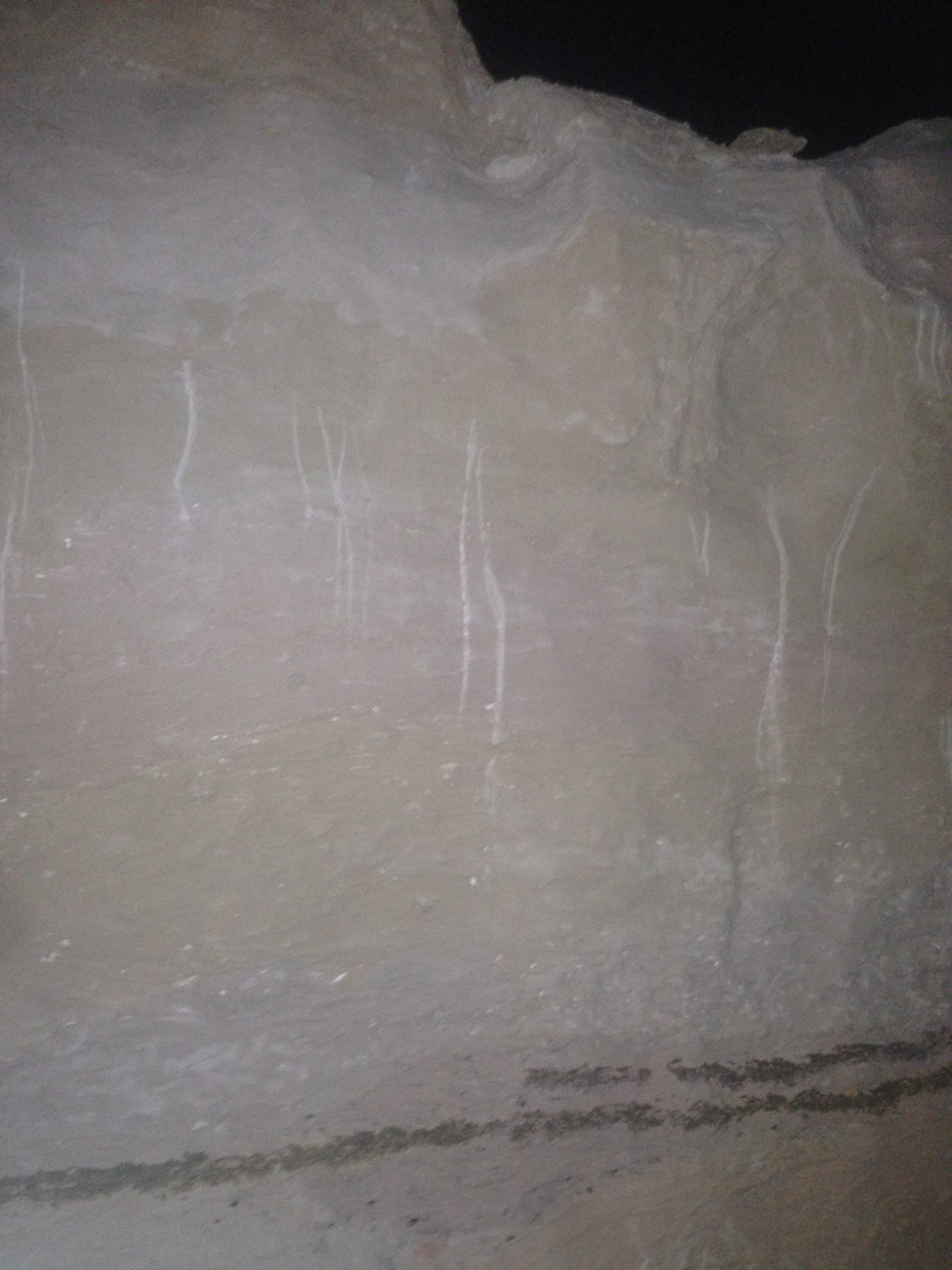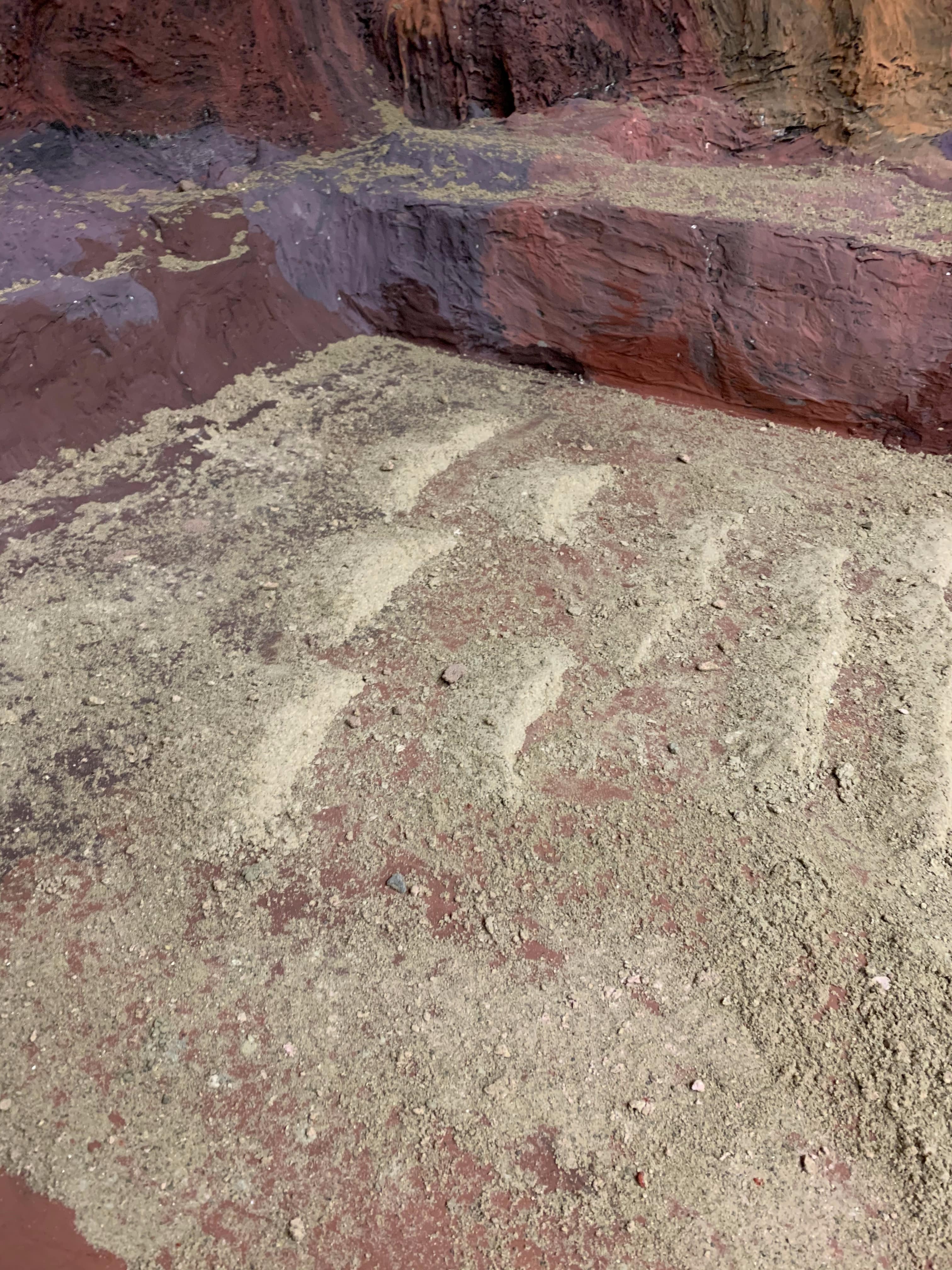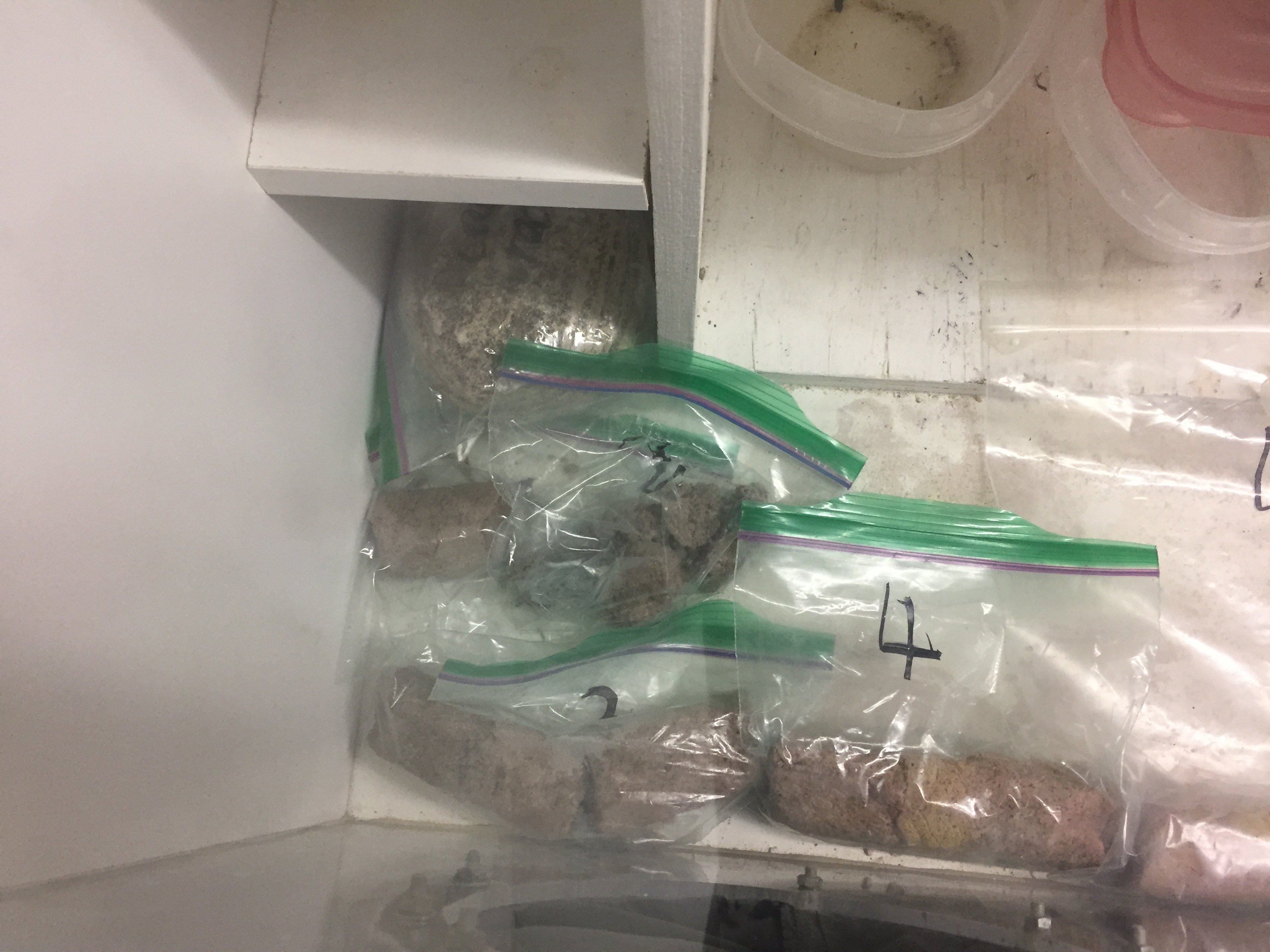Hindsight 2020
From OCE Space Simulation
|
|
| Hindsight 2020 | |
|---|---|
| Year | 2019-20 |
| Mission Destination | Mars |
| Mission Dates | Feb 18 - 22 2020 |
| Habitat Commander | Blakely Haughton |
| Subcommander | Karl Bednar |
| Mission Control Commander | Toby Armstrong |
| Simulator Commander | Jamie Tait-Glossop |
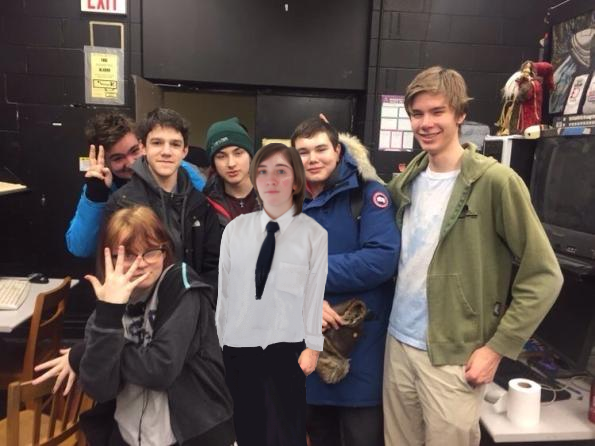
| |
Hindsight 2020 was the 2019-20 OCESS annual mission. The mission objective was to study Mars, analyzing its geological composition to learn more about its past, as well as its soil, to see if the planet could sustain human life.
Astronauts
- Blakely Haughton (Habitat Commander)
- Murray Renaud (Payload Specialist)
- Settia Cavan (Medic, Com Officer)
- Cesare Corazza (Engineering Officer)
- Abigale Hamer-Wilson (EECOM Officer)
- Aidan Darling (Science Officer)
Mission Control
- Toby Armstrong (Mission Control Commander)
- Karl Bednar (Subcommander)
- Benjamin Seguin
- Kira McGrath
- Josh Zeldin
- Gareth Dunbar
- Maria Betty
- ZiQi Chen
Simulators
- Jamie Tait-Glossop (Simulator Commander)
- Hannah Cavanagh (Subcommander)
- Owen Matthews (Director of Training)
- Oliver Overend
- Zane Balkissoon
- Sox McConkey-Kerr
- Mars Wichmann-Young
- Blair Darling
Mission Planning
- Hindsight 2020 has two timelines. One was created in tandem by the Astronaut, Mission Control and Simulator crew. Like other timelines, it made use of the 5-day, complete allotted mission time and included 16 disasters, 31 EVAs, 17 data collection points, and a system consisting of dividing the Astronaut crew into 3 groups of 2 each, splitting responsibilities between them. Timeline was finished in early January 2020, and the Simulator timeline was finished shortly after.
- On February 12, 2020, the crew was informed that there would be a OSSTF-ETFO workers' strike on Friday, February 21st. This would require the mission to be put on hold for 32 hours whilst the strike took effect. Mission plans were changed accordingly, redistributing Friday's mission goals and disasters between Wednesday and Thursday. The next day, the crew was further informed that OCESS' fire plans were not to a recently updated standard, and as such would not be allowed to stay overnight. The ensuing panic was a defining moment of mission preparation, as dozens of ideas were proposed simultaneously to try and get back overnights. Reactions to this news were varied but universally negative, as the Astronauts were disappointed in not being able to sleep over, Mission Control were frustrated at not being able to do all of the experiments originally planned, and the Simulators were frantic to consolidate what was once a 100-hour mission into 50 hours.
- The mission timeline was rewritten in full by Cmdr. Jamie Tait-Glossop within a day of discovering the setbacks, and crew were able to acquaint themselves with the new timeline before the final worksession. The original schedule's 31 EVAs were condensed into the final 12 that were conducted. All disasters were able to be preserved, save for the ones omitted entirely from the Disaster Resource. Overall, the setbacks were very unfortunate, but the effective last-minute replanning and execution were a testament to the dedication of the OCESS crew.
Mission Goals
- Sediment mineral content will be characterised so as to give NASA’s subsequent mission the chance to determine how prolonged aqueous submergence of mineral grains might have chemically altered the minerals in their study area. This is important to understand how long the lake existed and what the nature of its water chemistry.
- Detailed observation of sediments and sedimentary rocks in the river channel to look for evidence of multiple generations of river channels. Such evidence, especially evidence of younger channels incising into sedimentary rocks units from prior river channel deposits, would suggest a long period of fluvial activity. The data from shallow seismic imaging will supplement the surface observations. Observations of surface geomorphic features also will be made to better understand the final stages of river activity before the system dried up. These observations also will help mars geographers understand how the subsequent 3.7 billion years of mars weather has modified the geomorphic structures from mars’ early wet period.
- Mineral content of different river channel deposits, if they are present, will be compared to the mineral content of different upstream regions. If the mineral content of different channel deposits match different source regions, this would suggest a long period of time for river channels to shift their paths. Sedimentary rock samples from drill core will be the primary source of material for analysis. Analysis of upstream highlands for mineral content will be conducted using reflectance spectroscopy from orbit and suborbital passes before landing at the main site.
- Sedimentary deposits from associated environments such as eolian (wind-blown) sand structures, flood-plain deposits, and evaporite mineral deposits will be looked for to better understand the environment that the rivers existed in.
- Assessing the planet's candidacy for future human inhabitation.
| Previous Mission | This Mission | Next Mission |
|---|---|---|
| Psychedelia 2019 | Hindsight 2020 | TBD |

